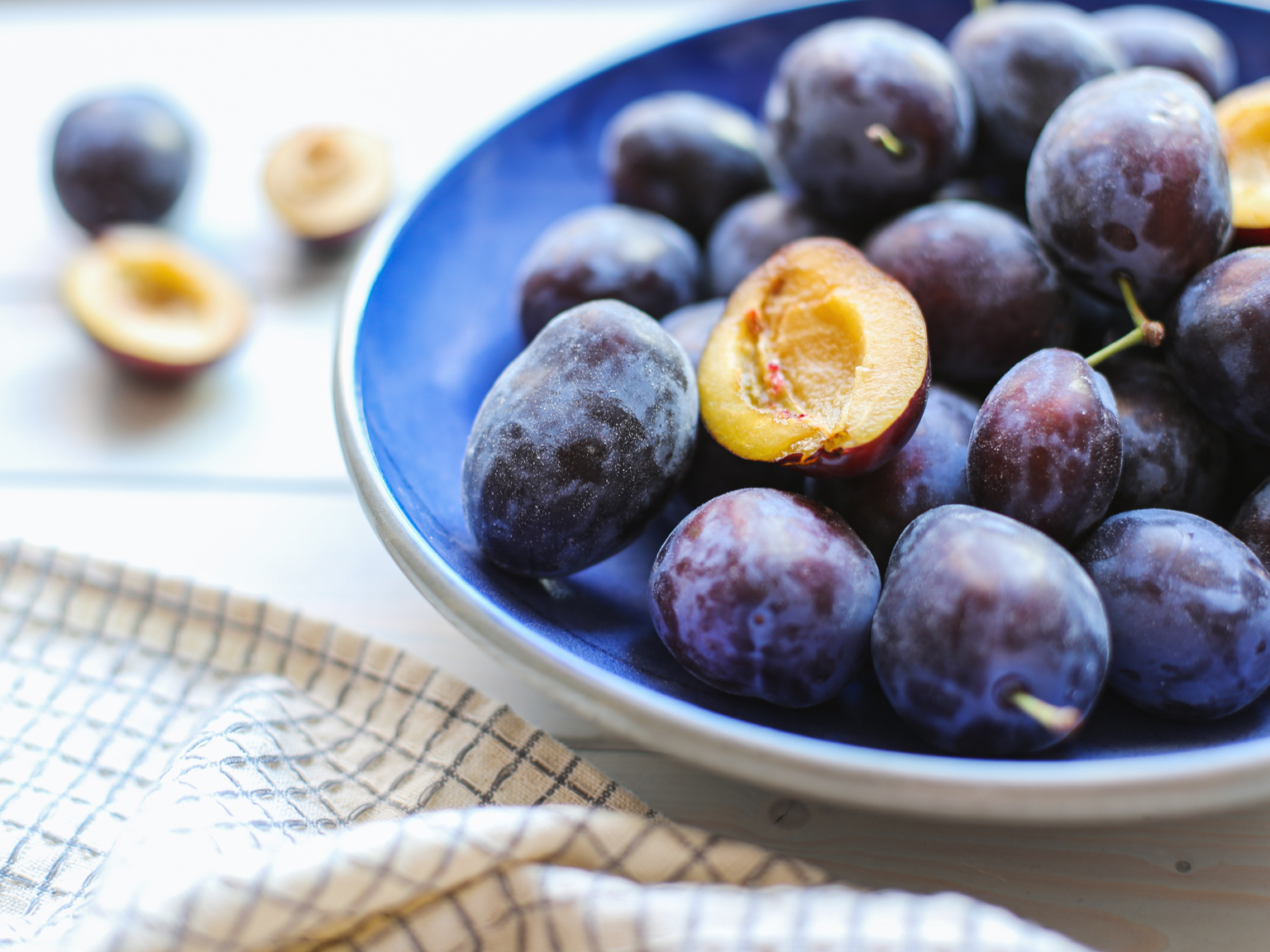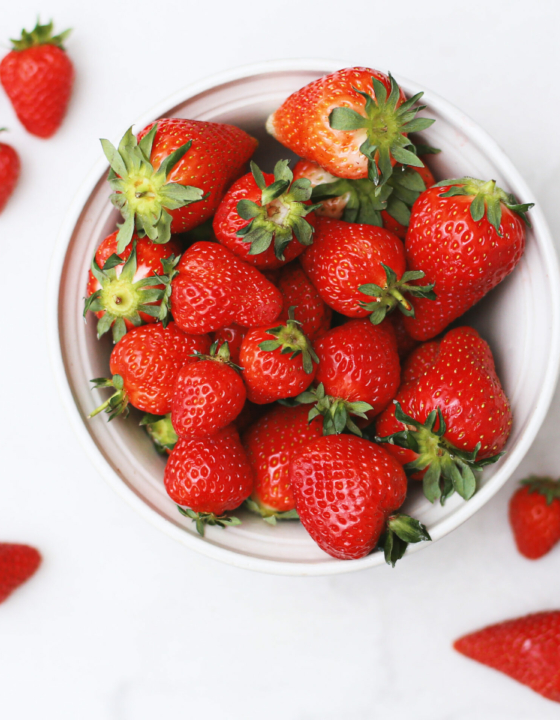According to some scholars, plums may have been among the first fruits domesticated by us humans. Well, if it’s true then we definitely must know a thing or two about them. Some species have originated in Iran, the others in China. Chinese plums are large, juicy, sweet fruits with prolonged shelf life, which is of course the reason why they dominate many markets.
But European plums are also welcome guests in the kitchen and in the fruit bowls – golden, dark black, purple, deep yellow, mottled – these fruits with firm flesh can be enjoyed both fresh, cooked, or dried.
Prune production
Dried plums are pure gold nuggets. When processed correctly, plums are transformed into a gorgeous firm-fleshed fruit called ‘prune’. There are more than 1000 plum varieties grown especially for prune production. People all over the world embraced dried fruits, and prunes definitely hold a place in the hearts of many cooks. From meat dishes where pork meets dried plum to the morning wake-me-up sensation breakfast with yoghurt and nuts, prunes are a great add-on.
Take 200 gr of rolled oats, mix with 350 ml of milk, orange juice or almond milk, and leave overnight to soak well. The next day spoon the oats into individual bowls, top with 1 Tbsp of Greek yoghurt and some fresh, mild, soft prunes. Scatter some nuts and seeds of your choice. The delightful and energetic meal is ready.
Savoury plums
Want to try dried plums in a savoury dish? No problemo. The next time you’re gonna throw a night party with a roasted chicken, don’t forget to mix some prunes with shallots, drizzle them with olive oil and Armagnac and stuff the bird prior to sending it (covered in foil) to the 200 ˚C oven for one hour. Then remove the cover, crank up the heat, and continue roasting chicken for another 25-30 minutes until its skin is golden brown and crisp. The prunes will add the desired sweetness to the dish, and Armagnac will slightly accentuate the overall fruitiness of the preparation.











What do you think?